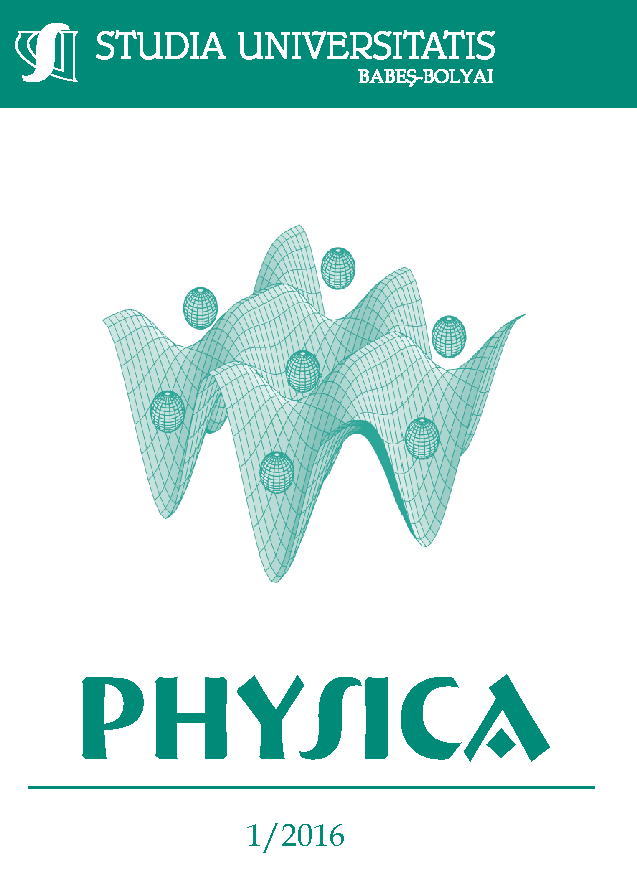FINITE ELEMENT ANALYSIS OF FRICTION PARAMETERS ON 6060 ALUMINIUM ALLOY IMPRESSION DIE COLD FORGING PROCESS
Keywords:
Aluminium alloy, Impression die forging, FE analysis, Simulation.Abstract
In this paper cold forging process of aluminium alloy 6060 is simulated and analyzed at different stages of forging and with different quality of lubricants. Finite element (FE) method is extensively employed in solving linear and non-linear problems and widely used particularly in analyzing a forming process. Three-dimensional modeling of initial material and die are performed by Solid Works, while simulation and analysis of forging are performed by Forge. Based on the computer simulation the required dies are designed and the workpieces are formed.
References
Ab-Kadir A.R., Othman A.R., Samad Z, Khaleed Hussain. M. T., Abdullah A.B., Effect of Corner Radius and Friction Parameters on the Optimization of the Cold Forging Die Design, Modern Applied Science, vol.3, no.2, pp. 177-189 (2009).
Altan T., Ngaile G., Shen G., Cold and Hot Forging, Fundamentals and Applications, ASM International (2005).
Chenot J.L., Massoni E., „Finite element modelling and control of new metal forming processes”, in International J. Machine Tools & Manufacture, vol. 46, no. 11 (2006), pp.1194–1200.
Hartley P., Pillinger I., „Numerical simulation of the forging process”, in Comput. Methods Appl. Mech. Eng. vol. 195, pp. 6676–6690 (2006).
Jun, B. Y., Kang, S. M. Lee, M. C. Park, R. H. and Joun, M. S., ‘Prediction of geometric dimensions for cold forgings using the finite element method’, J. Mater. Process. Technol. 189, 459-463 (2007).
Marie S., Ducloux R., Lasne P., Barlier J. and Fourment L., Inverse Analysis of Forming Processes based on FORGE environment, Key Engineering Materials Vols. 611-612, pp 1494-1502 (2014).
Mohammadi M., Sadeghi M., Numerical and experimental investigation of forging process of a CV joint outer race, International Journal of Research and Reviews in Applied Sciences Volume 2, Issue 1 (2010).
Ngaile, G., Saiki, H., Ruan, L. and Marumo, Y., ‘A tribo-testing method for high performance cold forging lubrications’; WEAR, 262, 684-692 (2007).
Pop M., Frunza D., Finite element analysis of superalloys forward extrusion, Journal of Optoelectronics and Advanced Materials, vol.17, no.7-8 (2015).
Valberg H.S., Applied Metal Forming Including FEM Analysis, Cambridge University Press, 2010.
Zhang Y., Huang J., Lin X., Fanga Q., Numerical simulation analysis on cold closed-die forging of differential satellite gear in car, Materials Science Forum Vols. 575-578, pp 517-524 (2008).
Downloads
Published
How to Cite
Issue
Section
License
Copyright (c) 2016 Studia Universitatis Babeș-Bolyai Physica

This work is licensed under a Creative Commons Attribution-NonCommercial-NoDerivatives 4.0 International License.






